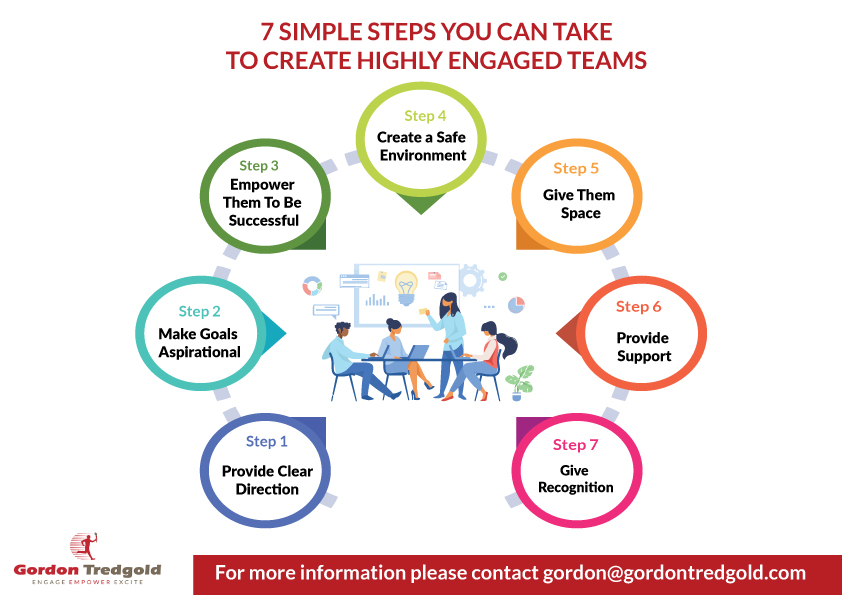
7 Ways to Set Team Goals
We’re fans of goal setting at Palo Alto Software. We set goals for the company and specific teams, using the OKR goal-setting technique. We review our progress often and work to refine and optimize it.
Creating a goal-setting methodology for a company takes time. It can be difficult to set goals that are a stretch, but not completely out of reach. It’s also hard enough to set goals for ourselves, let alone for a team.
To learn how successful entrepreneurs set goals within their businesses, I reached out to the Young Entrepreneur Council. These strategies will help you set measurable goals, hold your team accountable, and drive your company to greater success.
1. Ask people what they want to do
Sit down with your team and learn their professional goals. Find out what they want to do and help them move toward those goals. Setting milestones and reviewing them every six months can help.
2. Hold your team accountable
Create an in-house system to track tasks associated with projects. Everyone in the company is responsible for keeping their task list up to date and current. Transparency keeps everyone accountable.
3. Make goals public
Use transparency around company success to help your team with goal setting. Show the real-time dashboard of monthly and quarterly goals on office TVs. This allows your team to see daily progress and understand how it contributes to long-term goals.
4. Show how goals impact the larger picture
Tie smaller goals to larger company goals. Make sure employees are aware of the overall company goals and how their goals tie in. Connecting goals to strategic priorities increases ownership and creates a win-win for everyone involved.
5. Make goals quantifiable
Set quantifiable goals that have specific measurements. This makes it clear whether the goals are met or not. Break goals down into monthly, quarterly, or yearly increments.
6. Tie goals to incentives
Incentivize goals that play to your team members’ strengths. Design incentive programs that promote favorable behaviors in the workplace. Avoid toxic work environments and tailor incentivization to employees’ strengths and career goals.
7. Create an action plan
Back goals with an action plan. Set milestones and regularly check in with your employees to monitor their progress. Let your employees take ownership of the planning process and hold them accountable for the outcome.
Hello!
I’m Andrew Brooks, a seasoned finance consultant from the USA and the mind behind phonenumber247.com.
My career is built on a foundation of helping individuals and businesses thrive financially in an ever-changing economic landscape. At phonenumber247.com, my aim is to demystify the complex world of finance, providing clear, actionable advice that can help you navigate your financial journey with confidence. Whether it’s personal finance management, investment strategies, or understanding the nuances of market dynamics, I’m here to share insights and tools that can propel you towards your financial goals.
Welcome to my digital space, where every piece of advice is a step closer to financial clarity and success!
